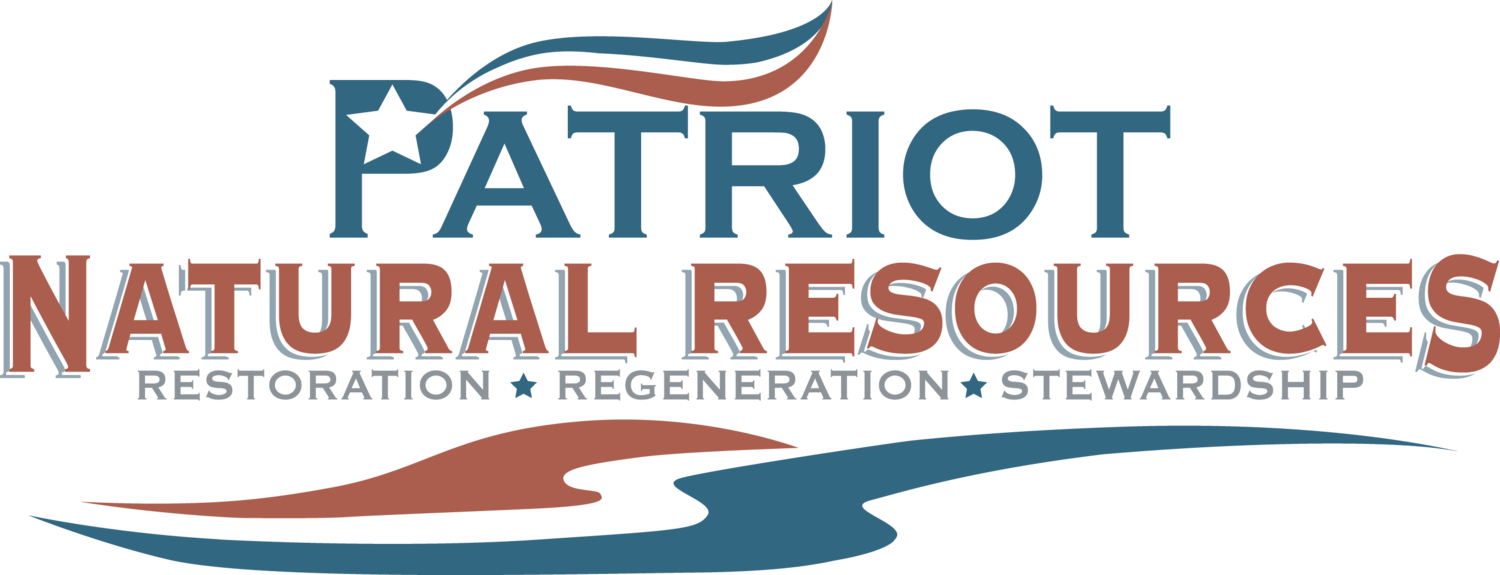Understanding the NRCS Pond Standard: Why Woody Vegetation Should Be Kept Off Pond Berms
The Natural Resources Conservation Service (NRCS) Pond Standard (Code 378) provides essential guidelines for the design, construction, and maintenance of ponds. One of its critical recommendations is to prevent woody vegetation, such as trees and shrubs, from growing on the pond’s berm—specifically, anywhere from the toe to toe of the embankment.
For property owners, municipalities, and farm managers, understanding why this standard exists is key to maintaining a safe and functional pond. In this article, we’ll explore the reasons behind this guideline and the potential risks posed by woody vegetation on pond berms.
What Is the Toe-to-Toe Zone on a Pond Berm?
The pond berm or embankment is the raised structure that holds back water, creating the pond. The term toe-to-toe refers to the area between:
• The upstream toe, located at the base of the berm on the water side.
• The downstream toe, located at the base of the berm on the land side.
This zone is critical to the structural integrity of the pond, and keeping it clear of woody vegetation is vital to prevent failures and ensure long-term functionality.
Why Woody Vegetation Is Prohibited on Pond Berms
1. Root Systems Compromise Structural Integrity
Trees and shrubs have deep, expansive root systems that can penetrate the soil of the berm. While these roots may initially stabilize the soil, they become a liability as the plant matures or dies:
• Living Roots: Roots can create pathways for water to seep through the berm, leading to internal erosion, or “piping,” which weakens the structure.
• Decaying Roots: When trees or shrubs die, their decomposing root systems leave voids in the soil, further increasing the risk of seepage and failure.
2. Increased Risk of Embankment Erosion
Woody vegetation disrupts the smooth, uniform surface of a properly maintained berm, which is designed to shed water efficiently. Trees and shrubs:
• Create uneven surfaces where water can pool or concentrate, accelerating erosion.
• Reduce grass cover, which is essential for preventing surface erosion and stabilizing the berm.
Erosion weakens the berm over time and can lead to catastrophic failure if not addressed promptly.
3. Obstruction of Inspections and Maintenance
Routine inspections are critical to identifying issues such as cracks, seepage, or erosion on a pond berm. Woody vegetation creates obstacles that:
• Obscure visibility, making it difficult to detect signs of damage.
• Hinder access for maintenance equipment needed to repair the berm or perform sediment removal.
Clear, vegetation-free berms ensure that inspections and maintenance activities are efficient and effective.
4. Potential for Windthrow Damage
Large trees growing on a berm are vulnerable to being uprooted during storms or high winds. When this occurs:
• The root system is pulled out, creating a large void in the berm.
• The structural integrity of the entire embankment is compromised, leading to potential failure.
5. Wildlife Burrowing and Habitat Creation
Woody vegetation can attract burrowing animals, such as groundhogs or muskrats, that use root systems and soil disturbances to create dens. These burrows:
• Penetrate the berm, increasing the risk of seepage and failure.
• Complicate repairs by creating additional voids or pathways for water infiltration.
How to Manage Vegetation on Pond Berms
1. Establish Grass Cover
Grass provides a uniform, protective layer that stabilizes soil and prevents erosion. Use species recommended for your region that are easy to maintain and resistant to drought.
2. Perform Regular Mowing
Routine mowing keeps grass at an appropriate height and prevents woody plants from becoming established.
3. Remove Existing Woody Vegetation
If trees or shrubs are already growing on the berm, consult with a professional to remove them safely. Removal should include:
• Stump Grinding: To prevent regrowth.
• Soil Compaction and Repair: To fill any voids left by roots and stabilize the berm.
4. Conduct Routine Inspections
Inspect your pond berm regularly for signs of erosion, seepage, or vegetation growth. Promptly address any issues to maintain compliance with the NRCS Pond Standard.
The Consequences of Ignoring Vegetation Guidelines
Failing to prevent or remove woody vegetation on a pond berm can have serious consequences, including:
• Structural Failure: Piping, seepage, or erosion can cause the embankment to collapse, resulting in flooding or property damage.
• Non-Compliance Penalties: Many jurisdictions require adherence to NRCS standards. Non-compliance can lead to fines or legal liability.
• Increased Repair Costs: Addressing vegetation-related issues after they’ve compromised the berm is far more expensive than preventative maintenance.
Partner with Patriot Natural Resources for Pond Maintenance
At Patriot Natural Resources, we specialize in pond maintenance and compliance with NRCS standards. Our services include:
• Vegetation management to keep your berm clear of woody plants.
• Inspections to identify and address structural issues early.
• Repairs to restore the integrity of damaged berms.
Contact us today to learn how we can help you maintain a safe, functional, and compliant stormwater or farm pond.
Maintaining vegetation-free pond berms is a critical component of NRCS guidelines. By keeping woody plants off the embankment, property owners and managers can ensure the safety and longevity of their ponds while protecting the surrounding environment.

